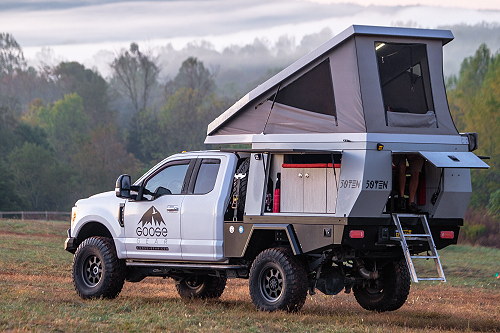COAKXterra
Well-known member
I’m not shy with taking our Power Wagon out on the stuff it’s capable of. That’s why we bought it, and knowingly took the obvious and glaring payload loss. But we wanted the crew cab (2 adults plus a tiny human and not tiny dog) and the capability vs payload and putting a camper on it full time (we did experiment with an AT Habitat). We tend to tent camp at the moment, so…. Canopy and fridge and camping/hiking gear is really all we need. We sit a couple hundred below rated payload when set up to head out for a week.
If I was putting a camper on, I’d be going for the 2500 rebel. I like the fit and finish of the rams, and despite its insatiable thirst, the hemi works well for our needs.
If I was putting a camper on, I’d be going for the 2500 rebel. I like the fit and finish of the rams, and despite its insatiable thirst, the hemi works well for our needs.



